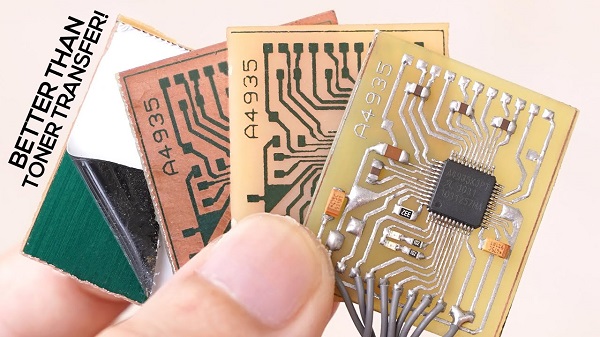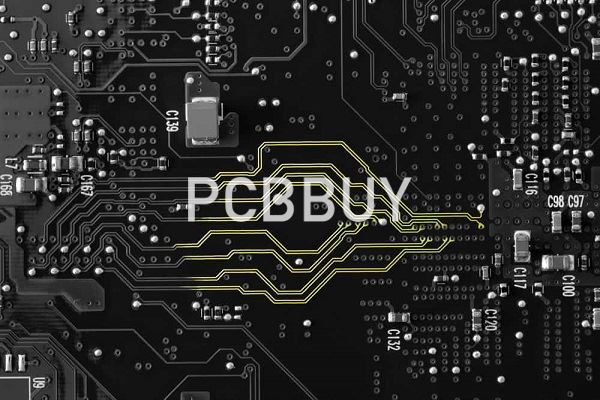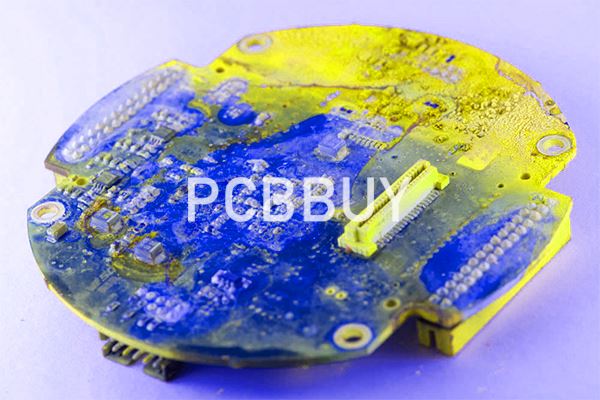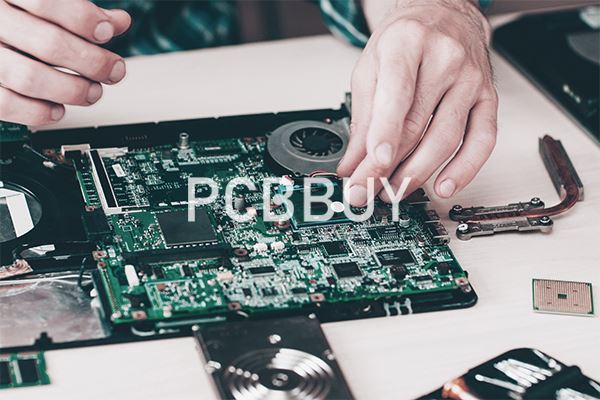What is the Meaning of BOM List in the PCB Manufacturing Process?
By:PCBBUY 11/16/2021 09:10

Anything that involves electronic products requires a lot of organization and operations when it comes to any materials. The purpose of a BOM is to make sure that everything involved in an electronic product project is operating smoothly. When this process is not organized correctly, a lot of unsavory things can happen.
If you are going to learn more about BOM list in the PCB, please check and read the content below in this passage for professional knowledge.

What are the useful tips for a successful BOM?
· Be as detailed as possible. There’s nothing to be gained by skimping on the details in your BOM. This one document alone needs to communicate exactly what parts your design is made from, so someone reading it can put the pieces together to understand your intent better.
· Know that your components are available. There’s nothing worse than slapping a part number down on your BOM that you know was available at one time but is no longer manufactured. To avoid this, be sure to confirm that the part numbers you enter are available. Otherwise, you might find yourself reworking your design to replace an obsolete or unavailable component.
· Keep track of your changes. Whether you’re the only person that will see your BOM or you hand it off to your manufacturer, we always recommend keeping track of every change you make. Part availability can change at a moment’s notice, and the parts you needed yesterday might be different today. Create BOM files with specific naming conventions that include a date, so you know which file is the most accurate and up to date.
What is a BOM used for?
In SMT manufacturer, the bill of materials is the link for contact and communication with different people and departments. It is used in various departments and systems, and specific data is obtained from BOM. For example:
Design department – The designer of the BOM and is also the user of the BOM. It needs to obtain the information of all parts and the structure information from the BOM.
Process technology department – Generates each component’s manufacturing process and the assembly process according to the BOM. They also process and manufacture tools, jigs, and molds used in the PCB assembly.
SMT department – Mounts the components on PCB according to the BOM. The warehouse distributes the components according to the BOM.
Financial and purchasing department – Determinesthe cost of the final product according to the cost of each self-made or purchased part in the BOM.
The QC department – Ensuresthe correct products are produced based on BOM.
What are the differences between a PCB BOM and parts list?
Although both a parts list and a bill of materials contains information on the components used in a printed circuit board design, there are some important differences to be aware of.

A parts list is a compilation of all of the components used in creating the PCB design. This list may come from handwritten notes or be computer-generated, and it is usually a working document while the design is being developed of what the engineer intends. Because of this, a parts list may be incomplete or even missing important information, such as reference designators or descriptions. The parts themselves may be listed in several ways, including by their internal company part number, a manufacturer’s part number, a suppliers catalog part number, or even by an abbreviated name or description.
A bill of materials, or BOM, on the other hand, is a complete list of the components and materials needed to build a PCB. It will carry full information on each part used on the board, including the manufacturer’s part number, an internal company part number (if used), values and tolerances, descriptions, quantities, and individual reference designators. BOMs are usually computer-generated by the PCB design CAD tools and will be formatted to present their data either by individual components (reference designators) or by grouping the components by their part numbers.
Knowing which of these documents to send to your PCB contract manufacturer is important because sending the parts list instead of the BOM can lead to some unintended consequences.
What is the structure of PCB BOM?
A bill of materials or product structure (sometimes bill of material, BOM or associated list) is a list of the raw materials, sub-assemblies, intermediate assemblies, sub-components, parts and the quantities of each needed to manufacture an end product. A BOM may be used for communication between manufacturing partners, or confined to a single manufacturing plant. A bill of materials is often tied to a production order whose issuance may generate reservations for components in the bill of materials that are in stock and requisitions for components that are not in stock.

A BOM can define products as they are designed (engineering bill of materials), as they are ordered (sales bill of materials), as they are built (manufacturing bill of materials), or as they are maintained (service bill of materials or pseudo bill of material). The different types of BOMs depend on the business need and use for which they are intended. In process industries, the BOM is also known as the formula, recipe, or ingredients list. The phrase "bill of material" (or BOM) is frequently used by engineers as an adjective to refer not to the literal bill, but to the current production configuration of a product, to distinguish it from modified or improved versions under study or in test.
Industry Category











